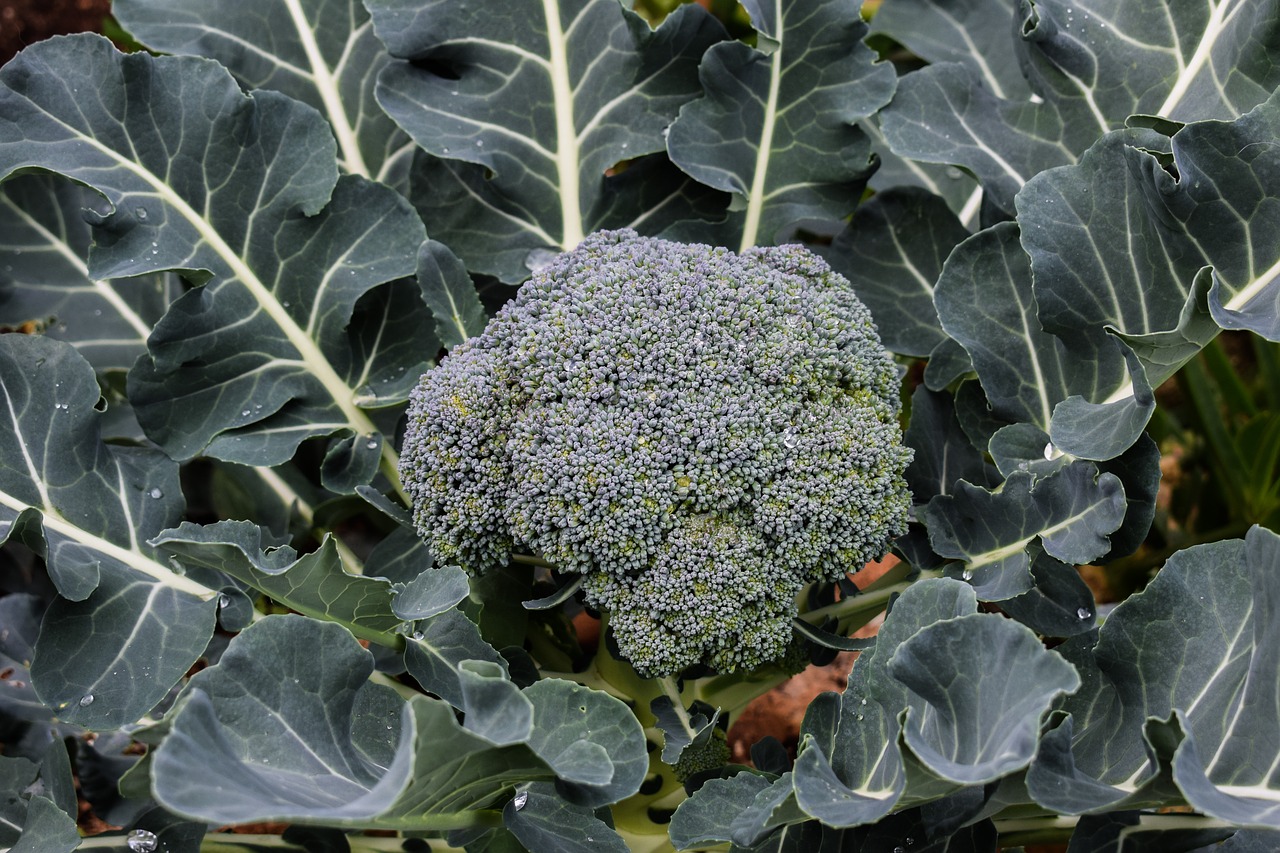If you know how to grow broccolini from preparation, planting, and maintenance, you might be amazed. You are familiar with broccoli, but do you know its healthy look-alike? You can grow it in the greenhouse with other disease-fighting vegetables and impress buyers with a unique crop. Broccolini is not broccoli, but it is just as worthy of being part of your garden and plate.
Did you know that instead of broccoli, the broccolini is from the same family with turnips? And despite the name, broccolini is not the mini version of broccoli, but it started as a hybrid of Chinese kale and broccoli. If so far, you’re interested in this healthy and tasty unique veggie, read down below how to grow your broccolini.

How To Grow Broccolini For Beginners
Broccolini is an excellent substitute for broccoli, especially if you’re planning on introducing vegetables to a picky eater. Its small florets, thin, long tender stems, and curly green leaves make the whole crop edible, either raw, steamed, or stir-fried. Therefore, you want to grow quality broccolini to make the most out of this vegetable.
Preparation
Before everything else, check your state’s hardiness zone since broccolini would be great for zones 2 to 10. This gives you a general idea with the ideal growing conditions for this crop, so you can use a greenhouse to adjust according to your climate if needed. Broccolini, like most vegetables, won’t tolerate frost, so the ground has to finish thawing, which means you must gauge if you should plant outdoors or start in the greenhouse.
Overall, check your growing zone to know when your last frost date and use it to start planting. However, you can always test what timing works best for your area because broccolini is still entirely new. Therefore, some gardeners plant in springtime, while others start their season at fall.
Afterwards, prepare your site by choosing an area that receives full sun and has fertile, well-draining soil with a 6.0 to 7.0 pH level. Test your soil first, and if its acidic, wood ashes should help, and you can even incorporate compost to the ground to improve its quality.
Planting
You can sow broccolini seeds directly or in a pot with potting soil in the greenhouse. Add a growing light, and they should germinate around seven days. You’ll have more chances of success with planting transplants rather than direct sowing, so starting indoors in pots would be safer.
If you start seeds in the greenhouse for transplanting, make sure that you do so six weeks before the last frost date. You can then thin the seedlings so that all remains are the healthiest broccolini for each pot. Then, let the best plants harden off before transplanting by increasing their outdoor time for a week.
You can transplant the broccolini seedlings 24 inches apart when you noticed six true leaves from them around 4 to 6 weeks of growth. Assuming you start indoors in late summer, you can transplant in fall. You can then plant them half an inch deeper than their depth in the pots and give each plant a space of 2 feet from each other.
Maintenance
For maintenance, you must remember that they require water of around 2 inches per week. Maintain the soil’s moisture without overwatering, and you can also add a mulch of shredded leaves to improve its quality, soil temperature, moisture, and keep weeds at bay. Broccolini will also show signs of leaves yellowing when it needs fertilizer, but you can also feed them every few weeks since they love nitrogen.
The best time to harvest broccolini is before the crops begin flowering. The heads should be fully formed so you could cut their well-known long stems. Make sure to leave some leaves so that new heads will develop for the next harvest, and it’s possible to get up to 5 sets of shoots per plant.
What Are The Common Problems In Growing Broccolini?
Pests like aphids, whiteflies, flea beetles, cabbage loopers, slugs, and fungal diseases such as downy mildew and blackleg are common in broccolini. You should always check for insects and handpick them or add a predator in the garden like ladybugs. You can also use insecticides, and slugs are manageable with a yeast and water mixture.
You can use an organic fungicide and remove infected plants immediately for down milder and blackleg. Using a greenhouse and maintaining sanitation should prevent these common problems, so always be diligent with your gardening practices. Overall, prevention is still better and be one step ahead to solve problems early on.
Conclusion
If you want something healthy yet unique on your plate, you can check out hybrid vegetables. Learn how to grow broccolini, and you might appreciate this broccoli look-alike more. This crop is a cross between Chinese kale and broccoli, and its edible structure makes perfect food raw or cooked even for picky eaters.
Being fairly new, there is not much information for growing broccolini. However, you can simplify its cultivation into preparation, planting, and maintenance. Know the growing zone of your area and avoid extreme conditions.
You can also start indoors instead of directly sowing broccolini for a higher success rate. More than a place to start, you might also want to consider the greenhouse to avoid potential problems from fluctuating conditions outside.
